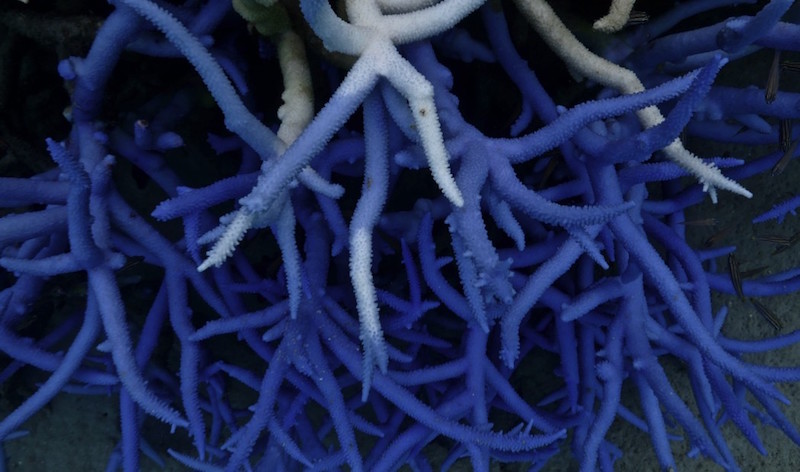For the past two to three weeks, the bleaching of the Great Barrier Reef has been all over the news, and there’s hardly a day that goes by that new pictures and reports come in of how dire the situation is. The mainstream popular media talks about the death of the coral reef, and the death of ‘corals’ but none of them go in depth about exactly what kind of corals are dying.

Outside the aquarium hobby, there’s a general tendency to describe corals in a really abstract way, and a coral is simply . . . a coral. Even the more scientific websites don’t go much beyond hard and soft corals, but to us reef aquarists, there’s a whole world of corals, and we know and care and think about them in very specific terms.

A flyover of coral reefs with aerial photos of big swaths of bleached and dying corals makes an impression for sure, but it removes readers and the general public from the animals which are really being affected by this massive die-off. Alas, we have one of our own, a fellow coral reef aquarists, out in the field to document what is actually happening from a reefer’s point of view.
Zack Rago is a reef aquarists from Denver Colorado, has worked at one of our better local reef shops, Elite Reef, and he has been in Australia lately with Teens4Oceans. With this educational outreach group Zack has been able to visit the world-famous Lizard Island in the Northern Great Barrier Reef and he’s seen firsthand what bleached, dying and freshly bleached corals look like.

The perspective of this massive coral bleaching event looks entirely different from his point of view, and he’s produced and shared a priceless documentation of what it looks like. Through these photos, reefers will cringe at the sight of once-beautiful Staghorn Acros, Acropora millepora, soft corals and even some giant clams that are in a really dire situation.
We all know that when water gets too hot, corals bleach and they most often die. But one thing that isn’t being talked about, is the wider ecosystem effects from all this dying coral. We all are well aware of what happens when a single soft coral or anemone dies in your tank, but what happens when a whole lot of different soft corals, stony corals and anemones die in one area?

We don’t have to tell you how detrimental it will be to have so many nutrients concentrated on a dying coral reef, further fueling the algae that is just waiting to take over freshly dead corals and skeletons. The snowball effect of having such extreme concentrated die off in one area really has us concerned that these bleached coral reefs may not recover in our lifetimes, if they recover at all.
We’re not really trying to bum you out, and we will resist reporting on this depressing event since there are so many other sources covering it almost on a daily basis. But we felt it important to show reefers what coral bleaching looks like, as documented by a fellow reef aquarist. For more pictures and details on this particular set of images, follow the link. [Teens4Oceans]









